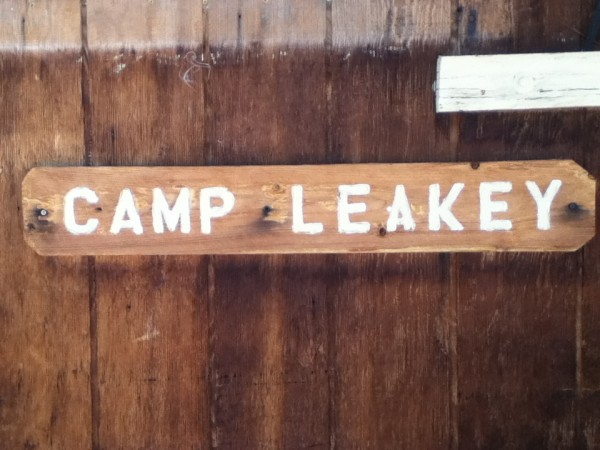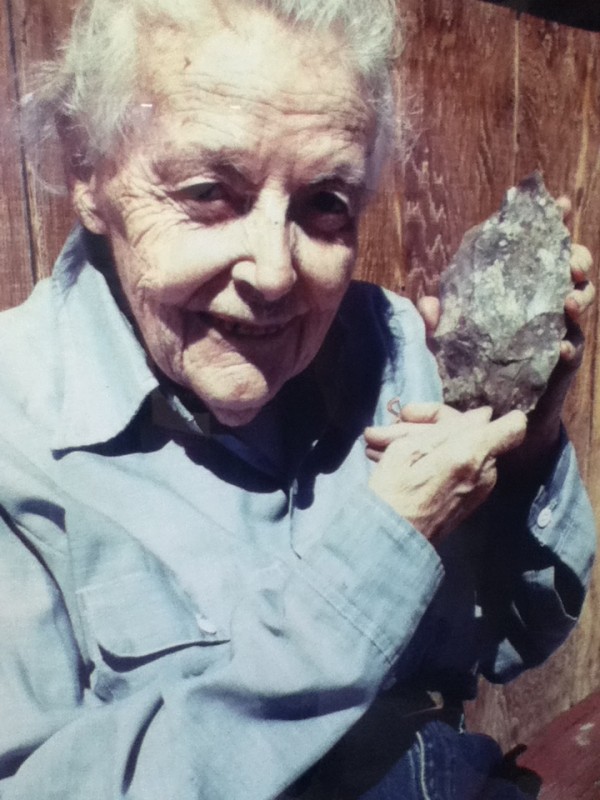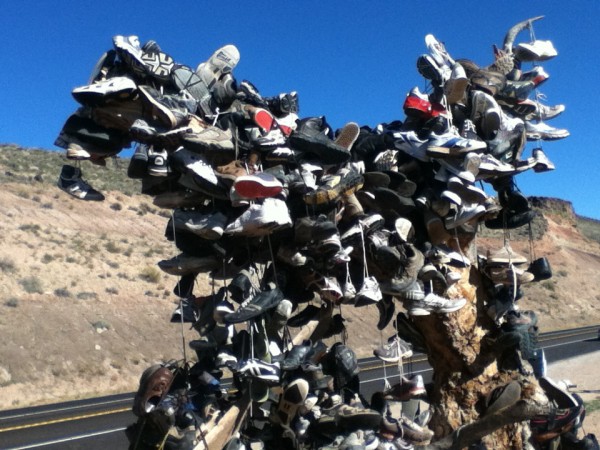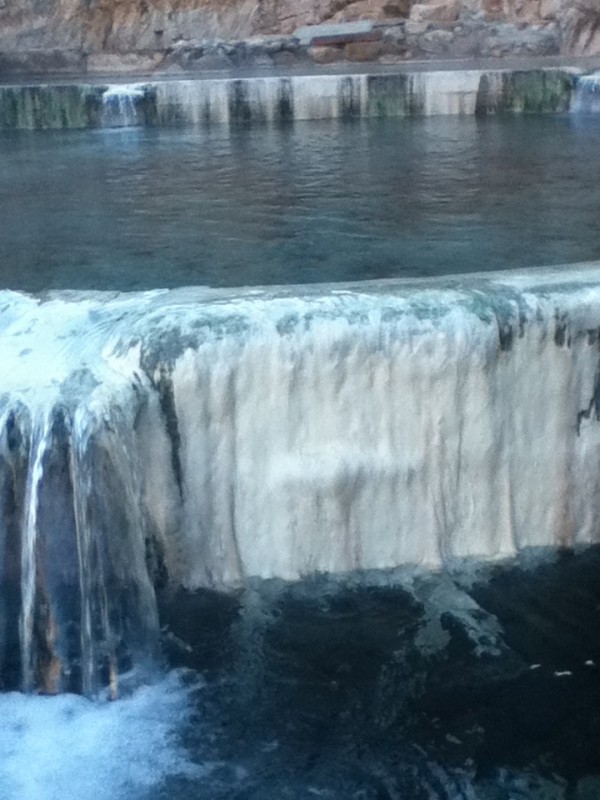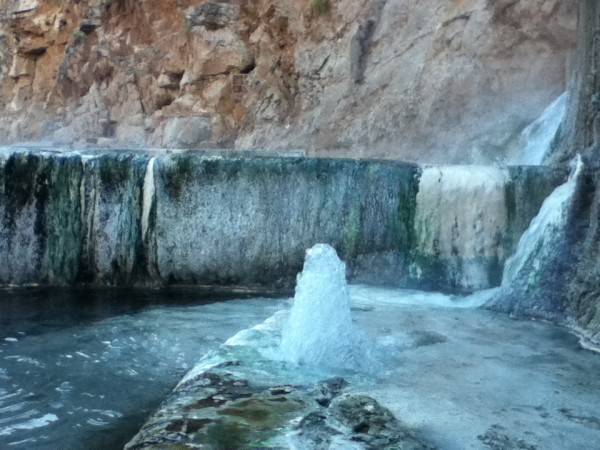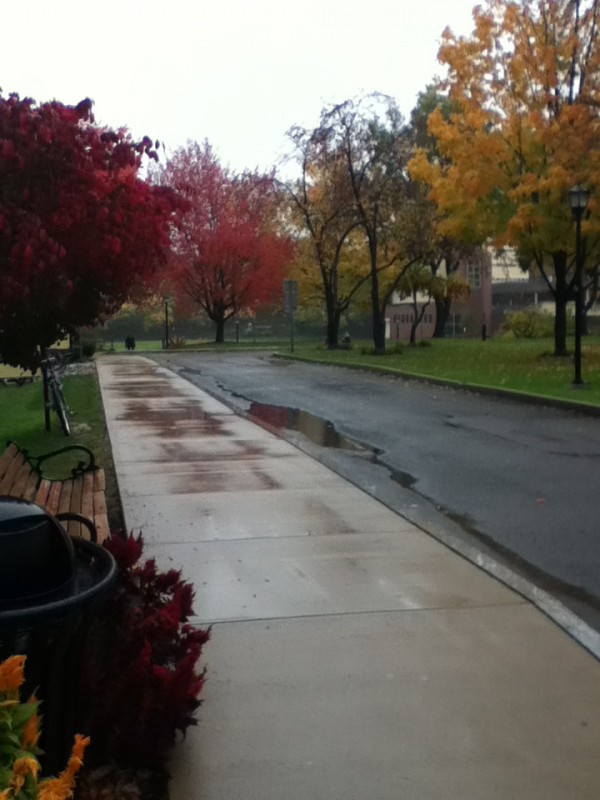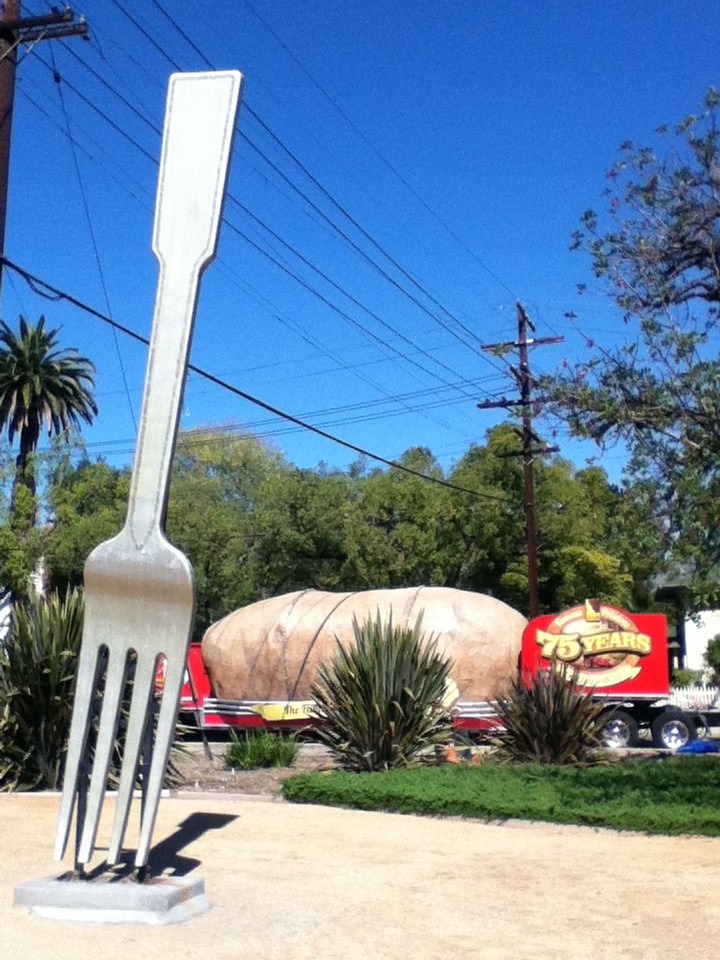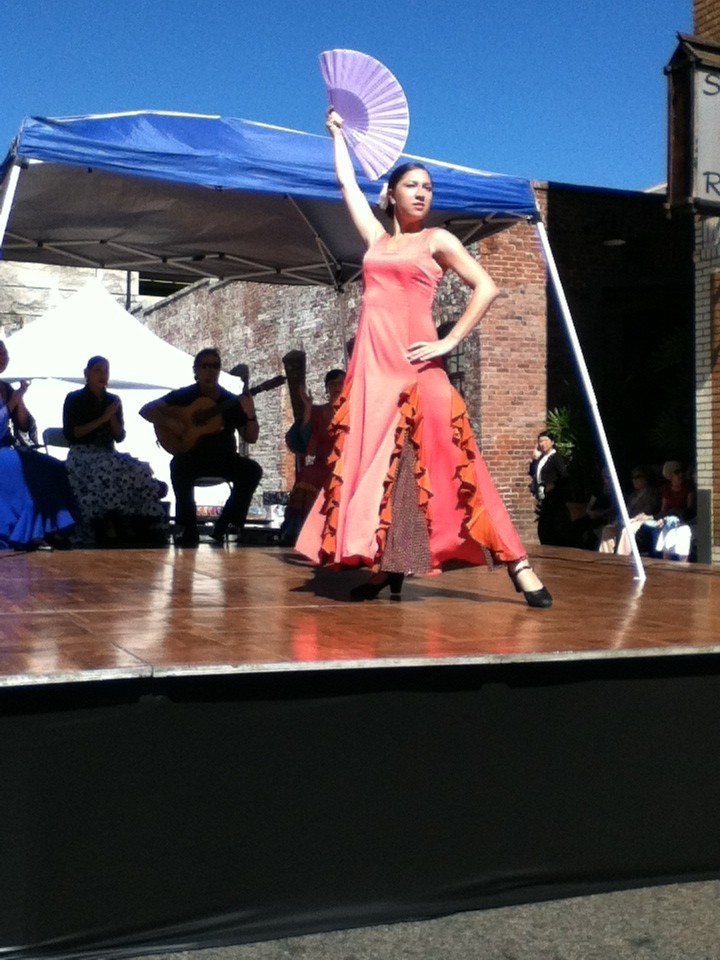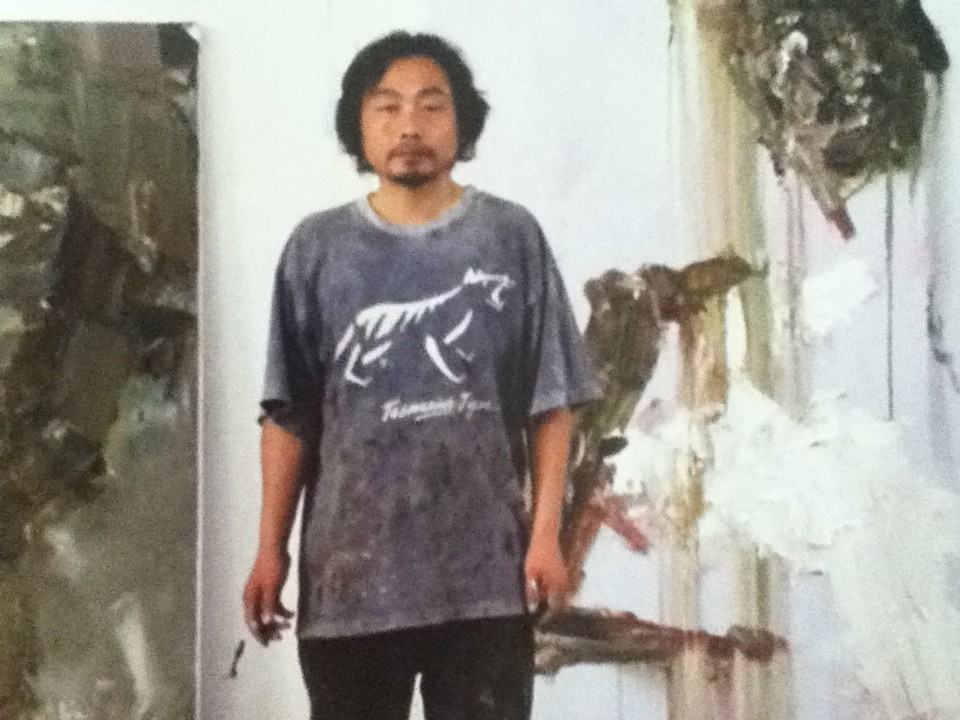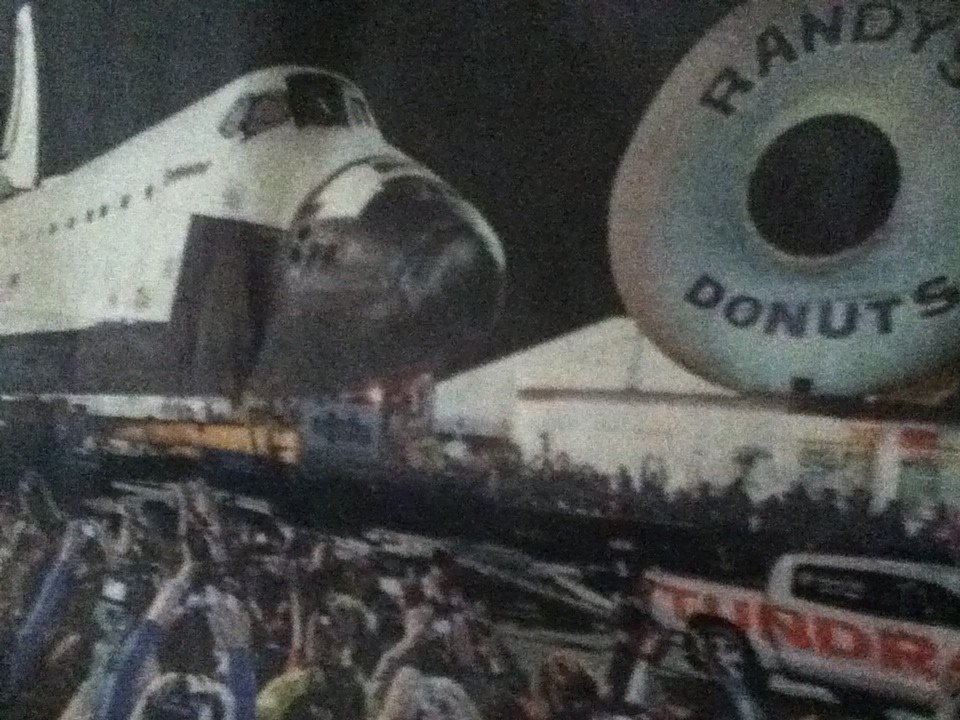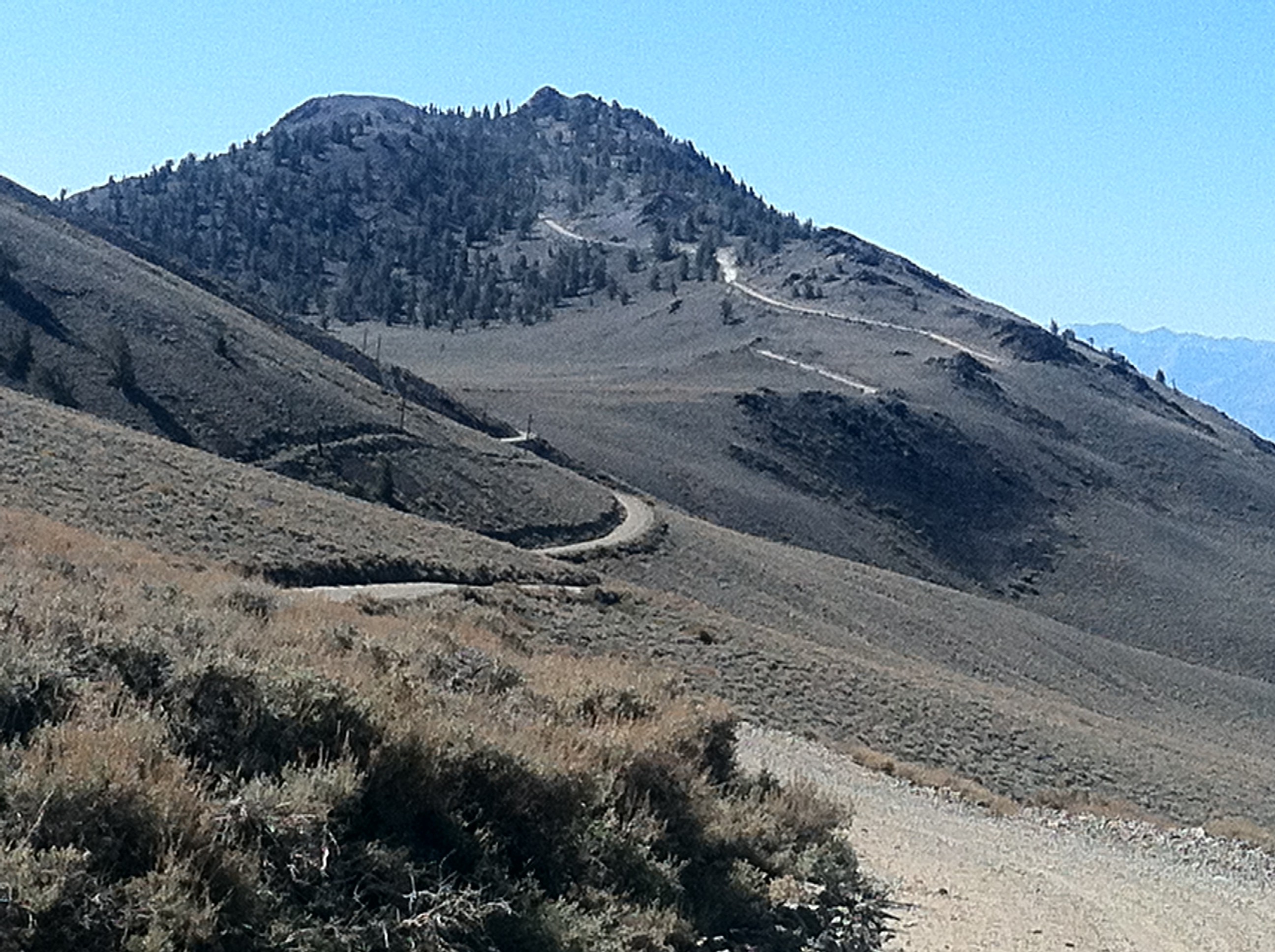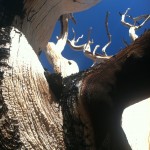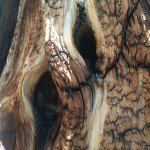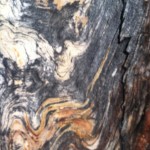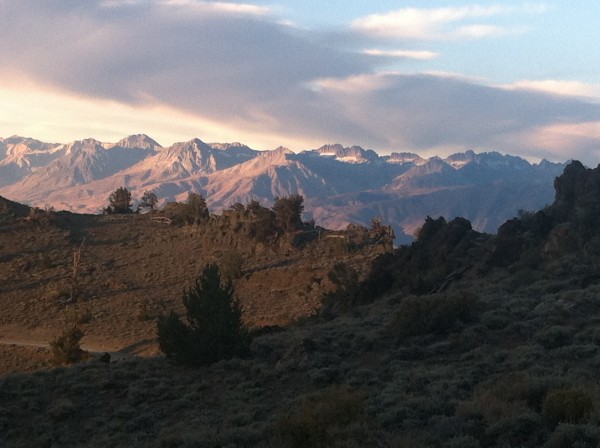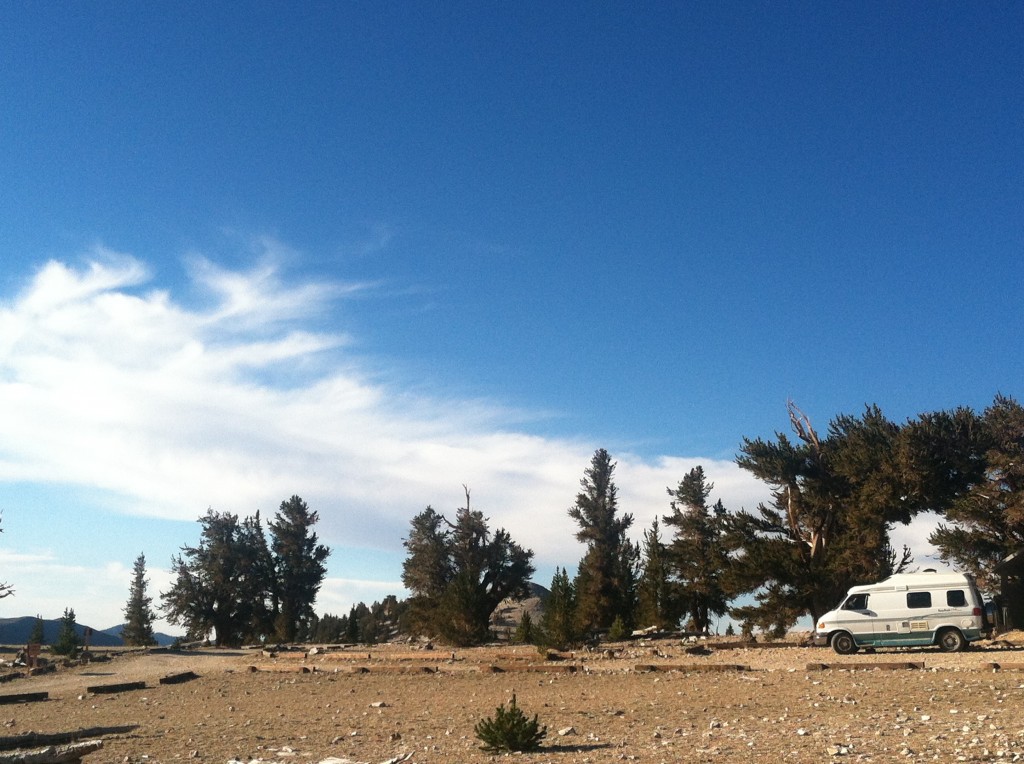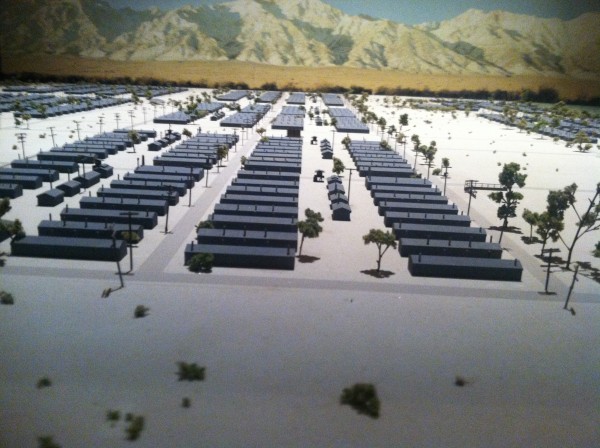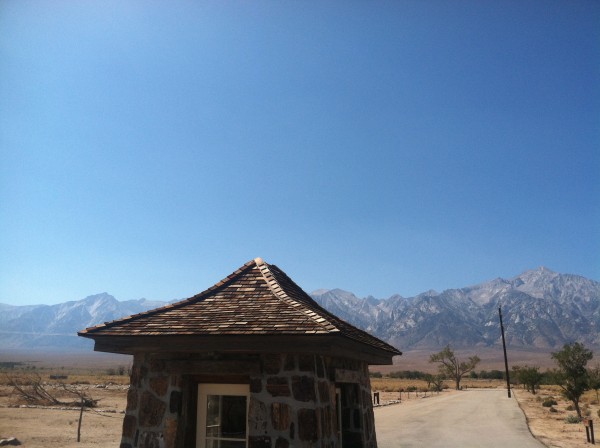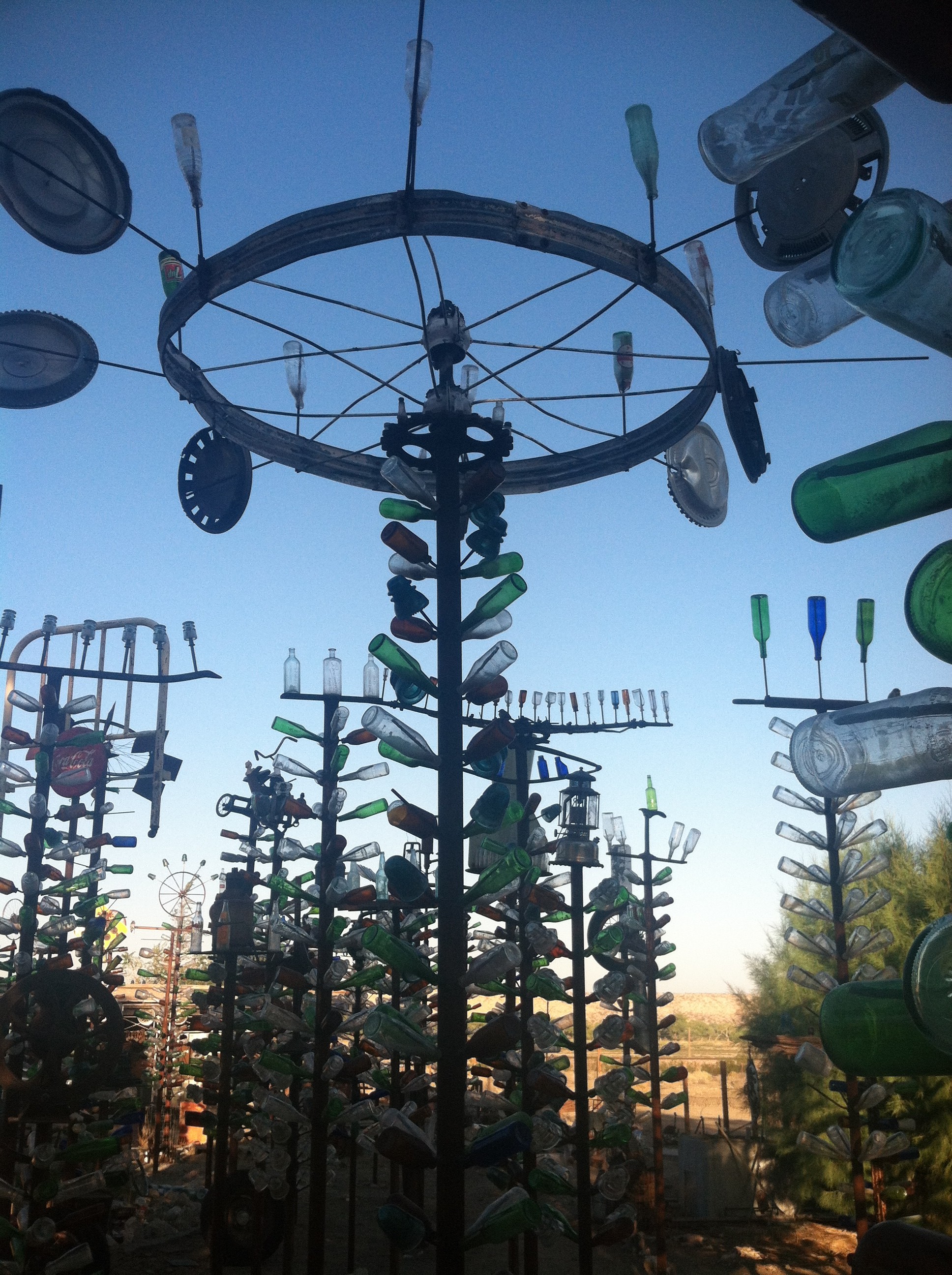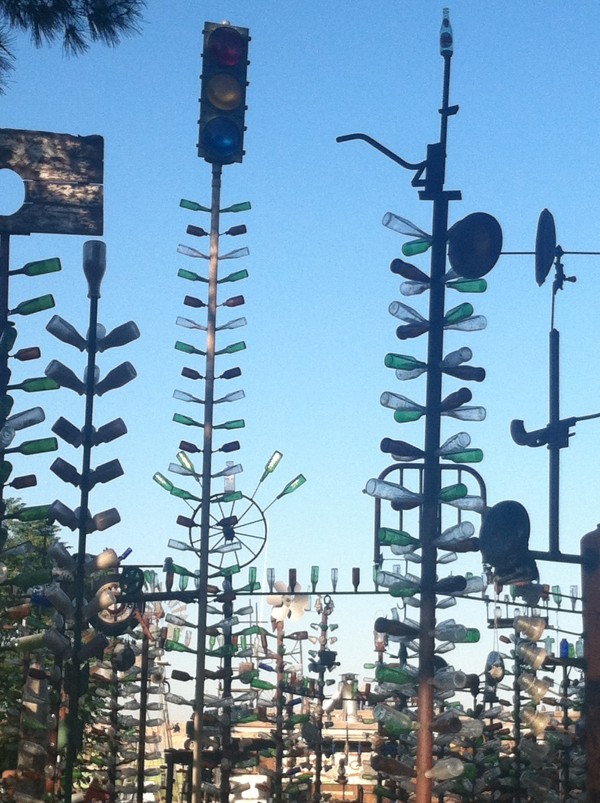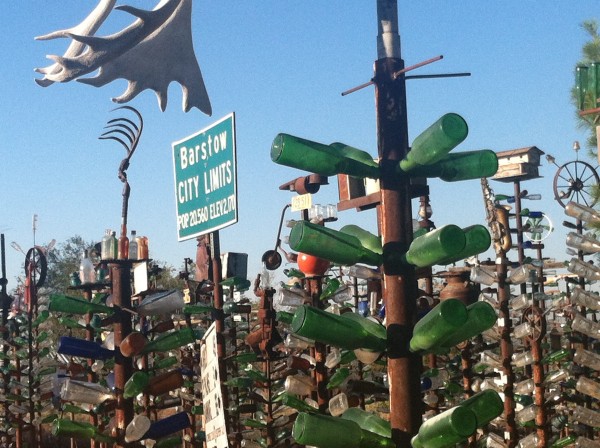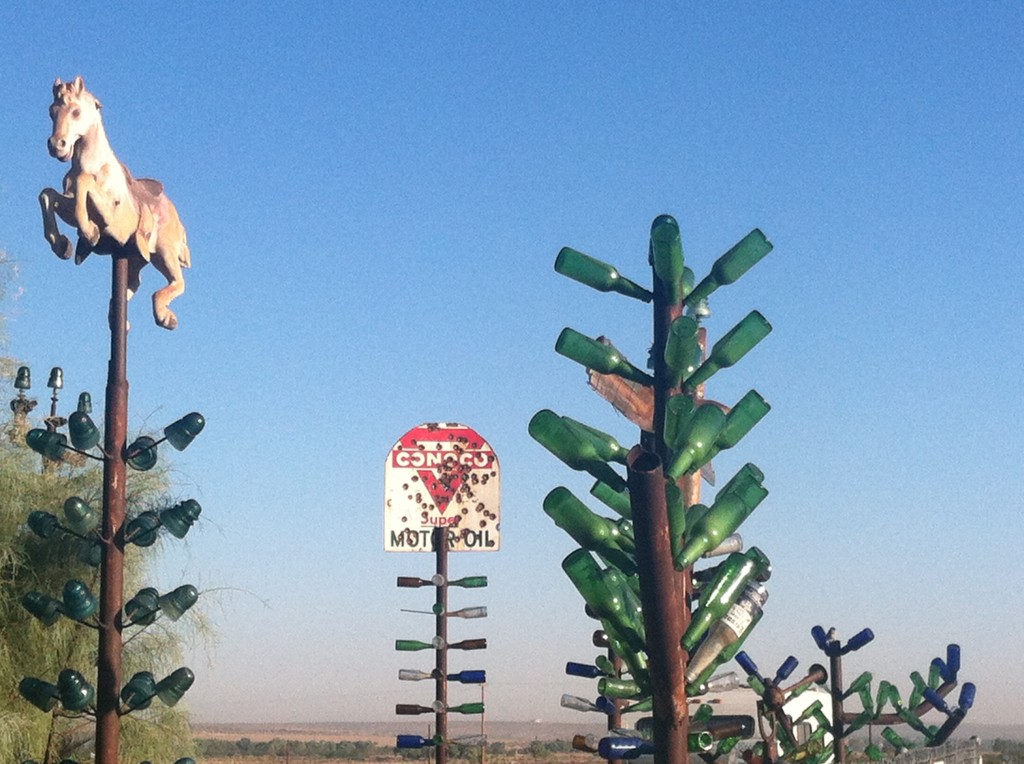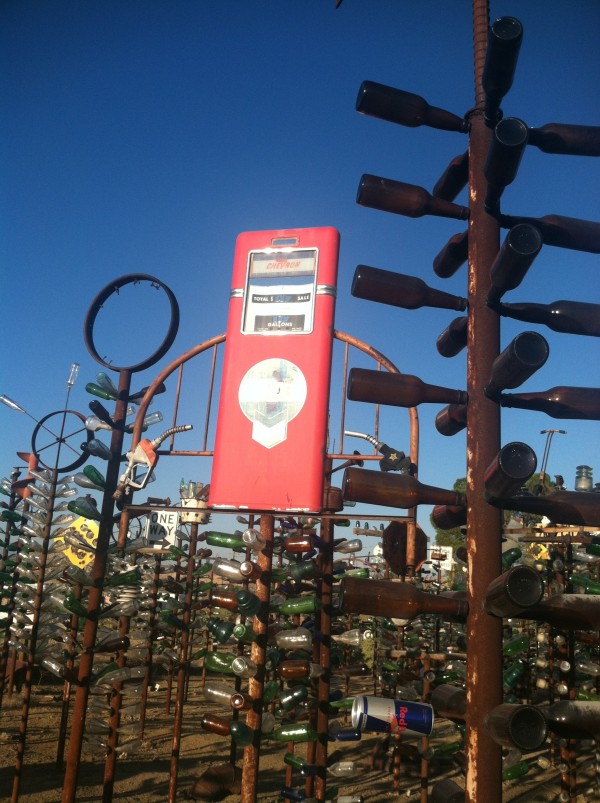Our stay in Pasadena was extended for a week of tennis fun (daily play, lessons, and ball machines) followed by a week of recovery from tennis injury (Steven sprained his ankle BADLY). At last, we are on route to the land of the red rocks, with some great sites surprising us along the way:
1) OLDEST DIG IN THE U.S.: CAMP LEAKY- EARLY MAN SITE?? Calico, CA
Dee Simpson took evidence of early man findings from San Bernadino County to Dr. Louis Leaky (of Oldevai Gorge Fame) in London. He got funding in 1964 from The National Geographic Society to dig for biface tools used by Early Man at least 14,000 years ago at this site. Unfortunately, Leakey’s claims that this site would yield human remains from 100,000 years ago has led to questions about his competence. It appears that the lack of any other remains of human and animals at this site, and the enormous numbers of biface tools found, forms a scientific consensus that these “tools” are geofacts (created environmentally) not artifacts of human use. Carbon dating is difficult as the alkaline soil destructs organic materials. However, as some tools were heated, geothermal luminescence suggests earlier findings. The then verdant landscape with 20 inches of rain/year provided hard material (non-crystalline silicon dioxide) that flake off just a bit fatter than 1 ml. thick obsidian flakes (that rival the best surgical scalpel available today). Although this is the oldest continuing archeological site in the U.S., it is “young” compared to Early Man sites in Europe over 100,000 years old. When Dr. Leaky died in 1972, Dee Simpson, curated the site until 2000. It is an active dig and still remains the oldest in the U.S.
ZION SHOE TREE, Hurricane, UT:
There are lots of shoe trees around it seems. Legend has it that this one commemorates those who hiked the crazy exposed Angel’s Landing Trail in Zion NP where 6 have died from falls. With Steven’s blackened ankle, we passed up the chance to hike it and add our shoes.
PAH-TEMPE HOT POOLS, Hurricane, UT
7 pools, the color of travertine, cascading into the Virgin River under a mountainous ridge. Unbelievably, you rent it out all to yourselves for 3 hours at a time for private lolling and stewing. What a pleasure to shoot photos sitting in 102 degree water……Ooooh!…..Aaaaah! There is also this little geyser providing a constant jet of warm water, especially for the ladies!


